The World’s 8 Deadliest Dive Sites
Despite what those outside the sport may think, scuba diving is not a particularly dangerous activity. Thanks to the development of rules and regulations over the years, diving nowadays is incredibly safe. Training courses equip divers with the knowledge needed to remain within limitations underwater, preventing accidents and saving lives.
However, there are several dive spots in particular that are extremely dangerous, especially for those inexperienced. While the average scuba diver may be satisfied with a shallow coral reef, many divers want to dive the sites with a dangerous reputation. Things like deep dives, dangerous caves, and strong currents can put divers at greater risk of having an accident. Here are 8 spots that earned the title of “world’s most dangerous dive sites”.
1. Blue Hole – Dahab, Egypt

When asked about the deadliest diving spot in the world, the diving community divers will immediately think of the Blue Hole. Located on the Sinai Peninsula off of the coast of Dahab in Egypt, the Blue Hole descends incredibly deep – over 130 meters/463 feet to be exact. Diving the Blue Hole isn’t inherently dangerous. The circular hole in the reef is home to beautiful coral formations and plenty of tropical fish life, with clear water, very calm conditions, and it’s easy to get there. The issue arises when divers attempt to dive outside the limits of their training. Some will attempt to reach “The Arch”, a passageway in the reef wall located at 56 meters/184 feet.
Well beyond the limits of recreational diving, divers who try to hit the Arch without the proper technical equipment and training can run into a series of issues. At such depth, nitrogen narcosis kicks in causing them to make poor decisions and, even worse, oxygen toxicity once they go deeper. The actual number is unknown, but it’s estimated that over 200 divers have lost their lives. There’s even a memorial to some of the deceased near the entry to the dive site.
2. Blue Hole – Lighthouse Reef, Belize

Not to be confused with the Blue Hole in Dahab, the Blue Hole in Belize is arguably equally dangerous. At its deepest, this site sits at 125 meters/407 feet. Again, this dive site isn’t a problem when divers stay within their limits. Down to 30 meters, the dive site consists of stunning sheer walls on all sides. Below this depth, there are beautiful stalagmite formations. For newer divers, the sheer drop may be disorienting, causing some to descend rapidly below the recreational limit. When diving the Blue Hole, always be sure to stay at the same level or shallower than your guide.
3. Boesmansgat Sinkhole – Northern Cape, South Africa
In English, the Afrikaans word Boesmansgat means “Bushman’s Hole.” Located in the Northern Cape of South Africa, this freshwater hole reaches 283 meters/927 feet in depth. Since this dive site is located at altitude, it is particularly challenging to dive. Special decompressions tables are needed to account for the change in atmospheric pressure at altitude.
4. German U-Boat – New Jersey, USA
A World War II relic, the German U-boat off the coast of New Jersey sits at a depth of 73 meters/240 feet. Discovered in 1991, the boat was identified as the U-869 from Germany, which was sunk in February of 1945.
5. Devil’s Cave – Florida, USA
Located 35 miles northwest of Gainesville in Ginnie Springs, Florida, even the very name of this dive site is enough to instill fear in a diver. Divers must be certified cave and cavern divers to be allowed to penetrate the cave.
6. Samaesan Hole – Samaesan Bay, Thailand
Another deep hole dive site, Samaesan Hole is the deepest dive site in the entire Gulf of Thailand, descending to 85 meters/279 feet. Because of its depth, those wishing to go deep must have the proper technical training and equipment. This site is often dived with trimix.
7. Cenote Esqueleto (Temple of Doom) – Tulum, Mexico
With a particular terrifying name, Cenote Esqueleto – also known as the Temple of Doom – is part of the world-famous cenote system on Mexico’s Yucatan Peninsula. The cenotes in this region come in a variety of depths and difficulty levels, some of which require full cave diving certification to enter. In particular, this dive site is incredibly dark and hosts a series of confusing, confined tunnels. It’s easy for an inexperienced (or even an experienced!) diver to get lost in here. Deaths occur when lost divers can’t find their way out, and ultimately run out of air. Unless you are properly trained, be sure not to pass the skull-and-crossbones warning sign at the entrance to the cave.
8. Jacob’s Well – Texas, USA

Just southwest of Austin, Texas, Jacob’s Well at first glance seems like your average swimming hole. But descend below, and you’ll soon see why this is one of the world’s deadliest dive sites. It’s believed Jacob’s Well have claimed the lives of 9 divers, but the exact number is uncertain. This site consists of an underwater cave network, meaning that most of the chambers require technical dive and cave diver training and equipment to penetrate. The further into the cave system you travel, the more restricted the tunnels become. It becomes easier to stir up particulates in the water, sometimes leading to total visual blackout and disorientate the diver, making they run the risk of depleting their air supply.
With all diving, it’s essential to have the right training and equipment for the planned profile. This is especially important when dealing with the dive sites listed above, whose challenging conditions make them particular deadly. However, by always diving within the limits of your training, you can enjoy these adrenaline-inducing sites without putting yourself in harm’s way.
Check these other destinations if you prefer a safer dive
- Beautiful French Polynesia: Scuba Dive and Travel
- Scuba Dive in The Maldives – Travel, Diving Guide & More
Disclosure: This post may contain affiliate links, which means that DIVEMONDO may receive a small commission if you make a purchase using these links. As an Amazon Associate this website earn from qualifying purchases.

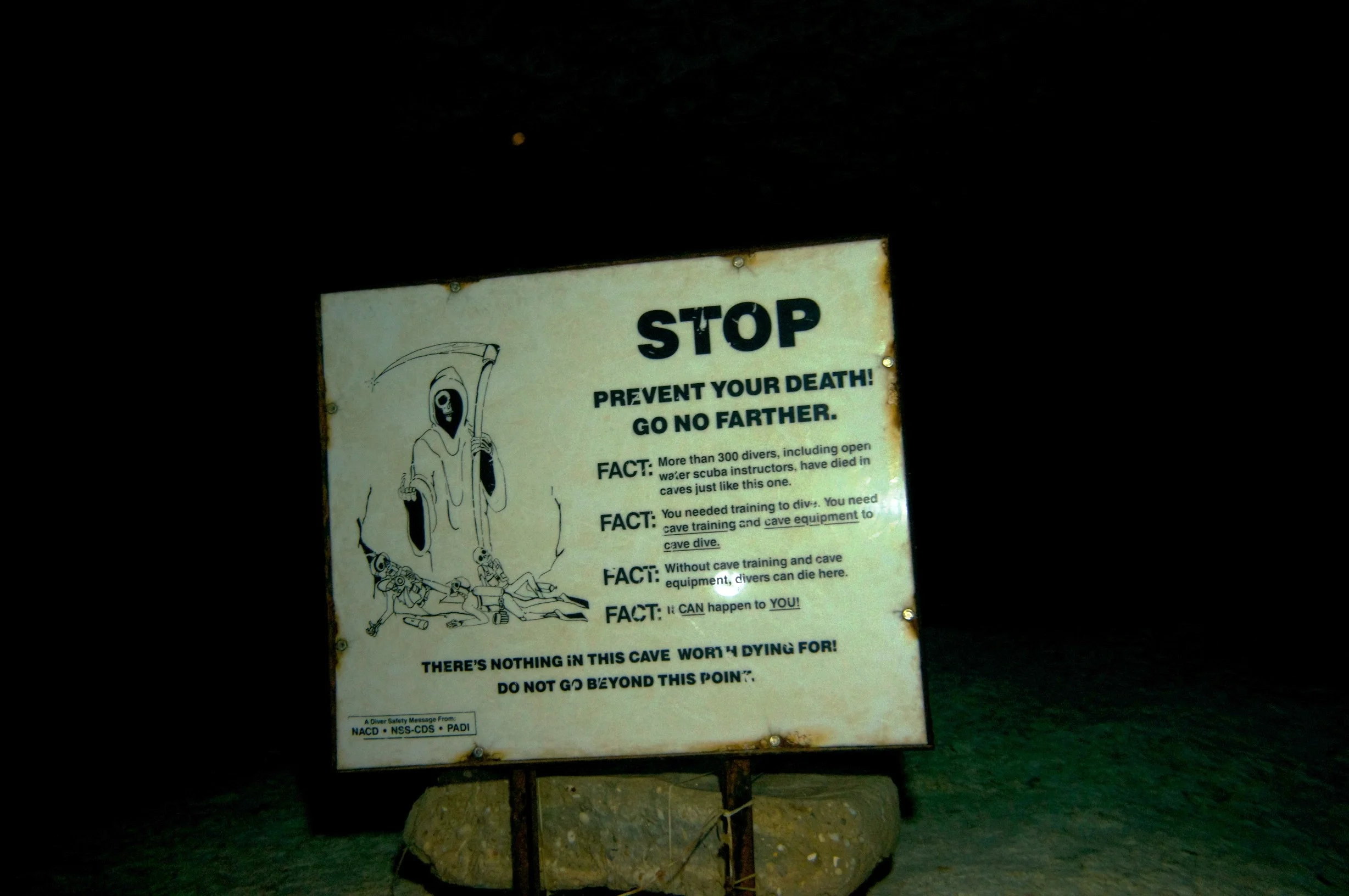
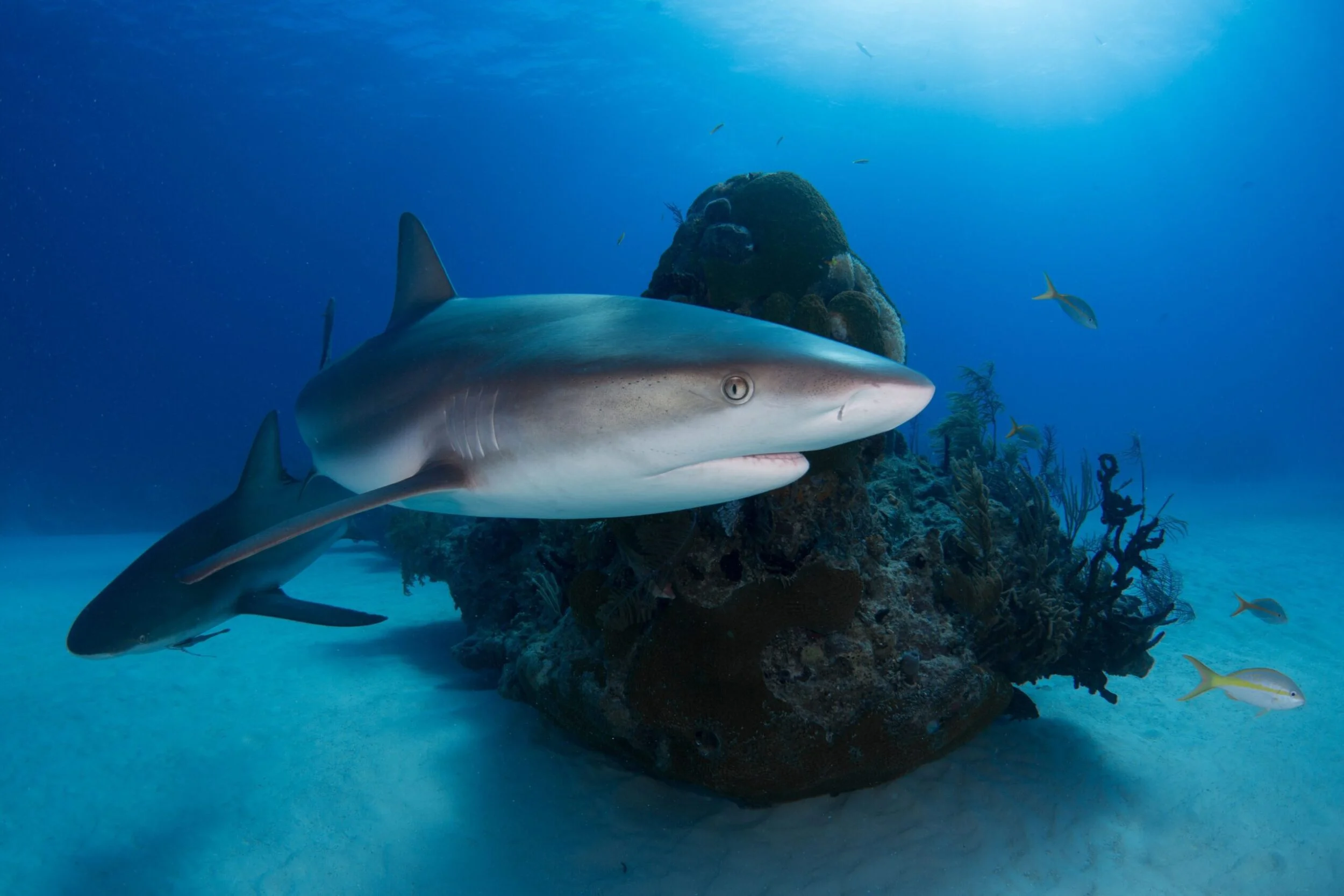

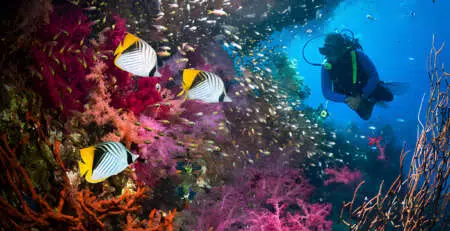
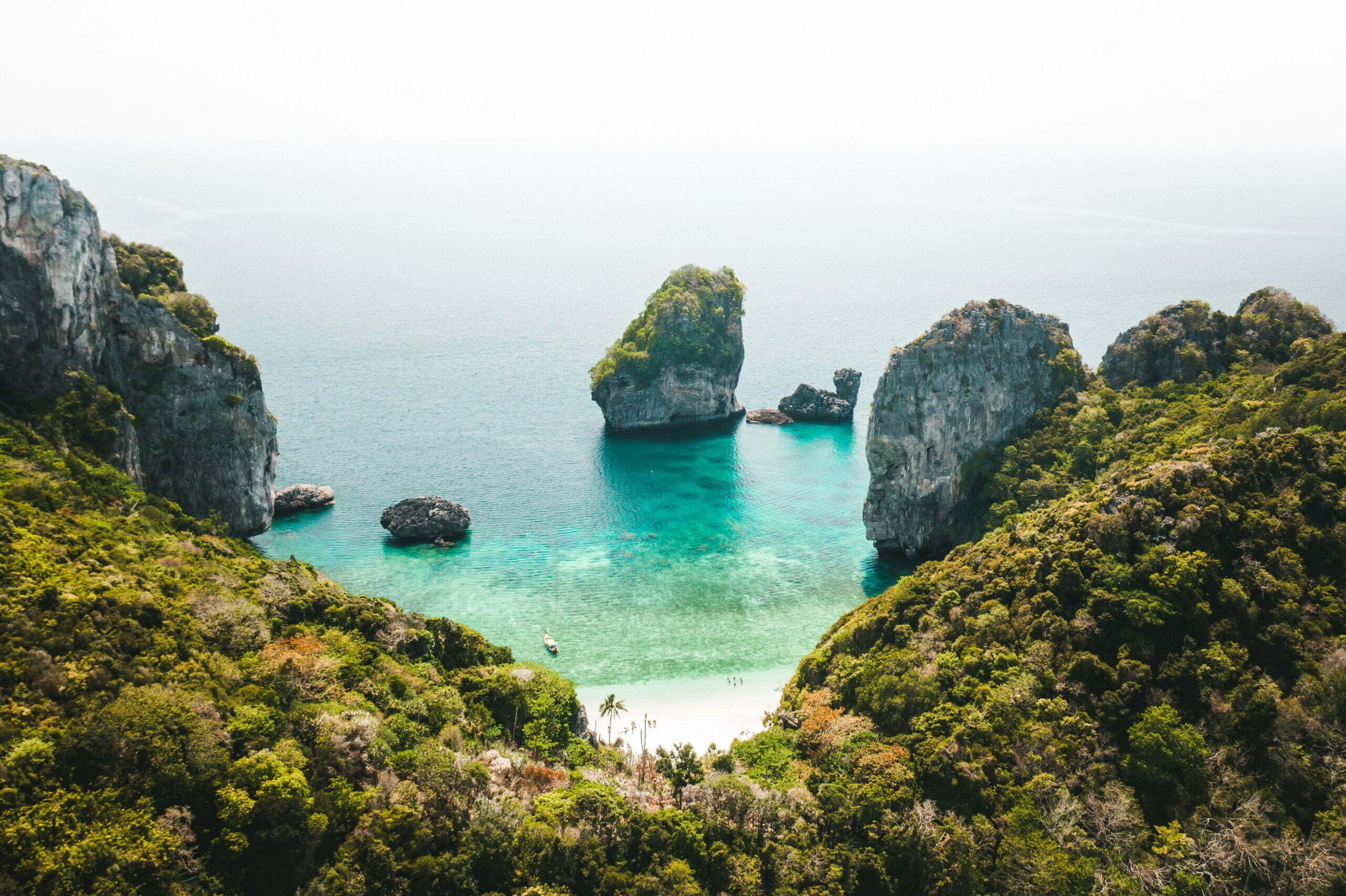
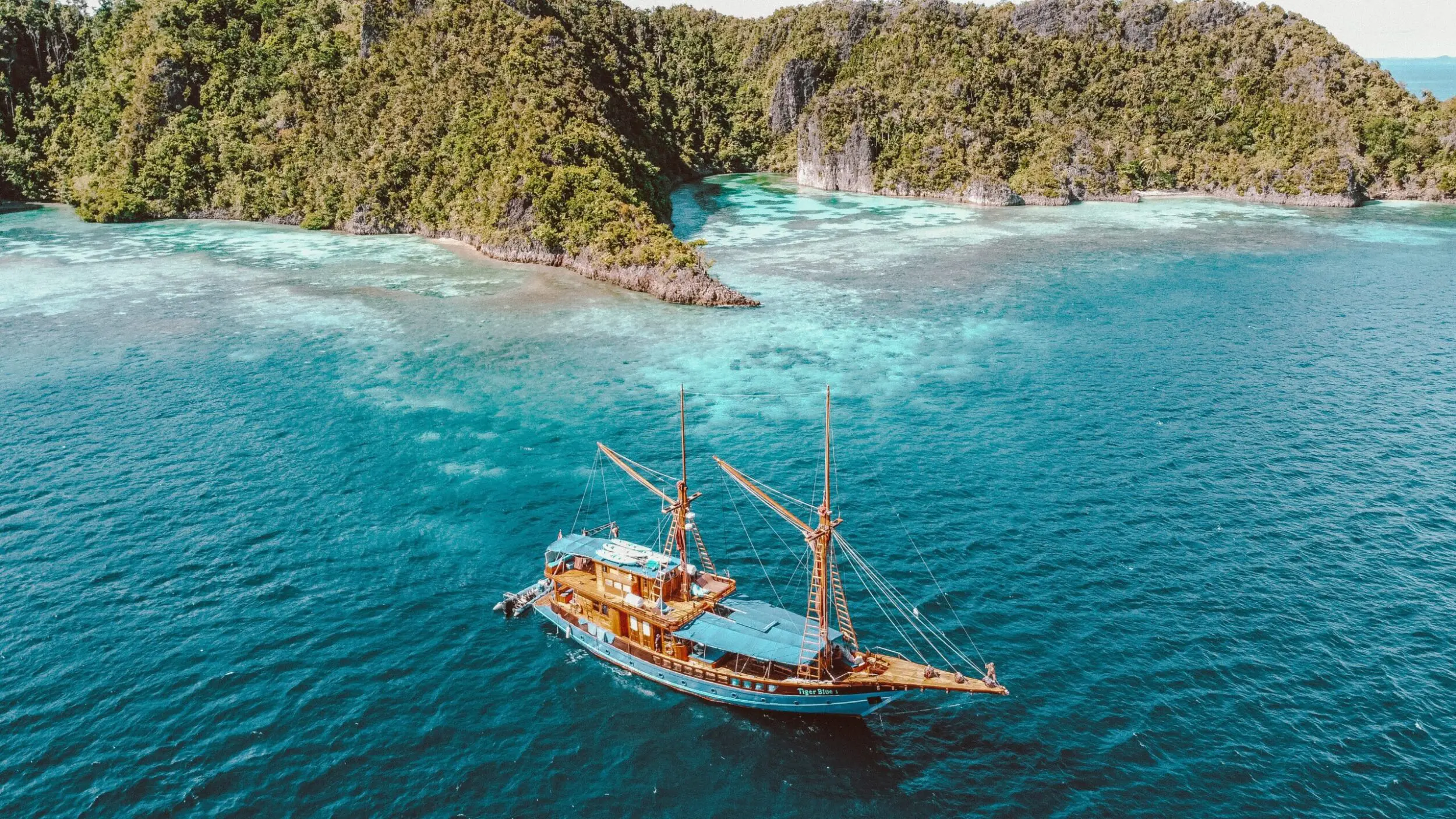
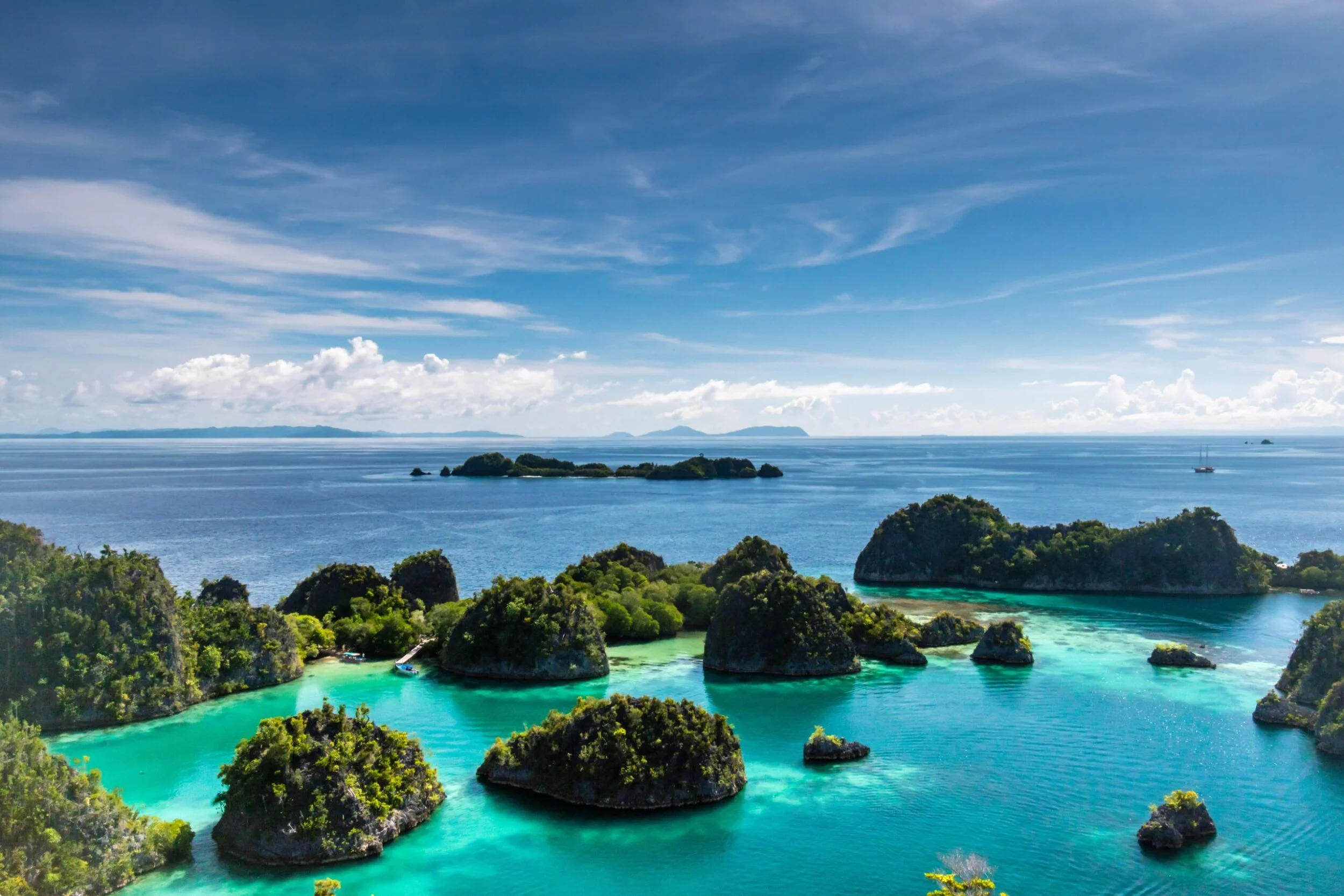

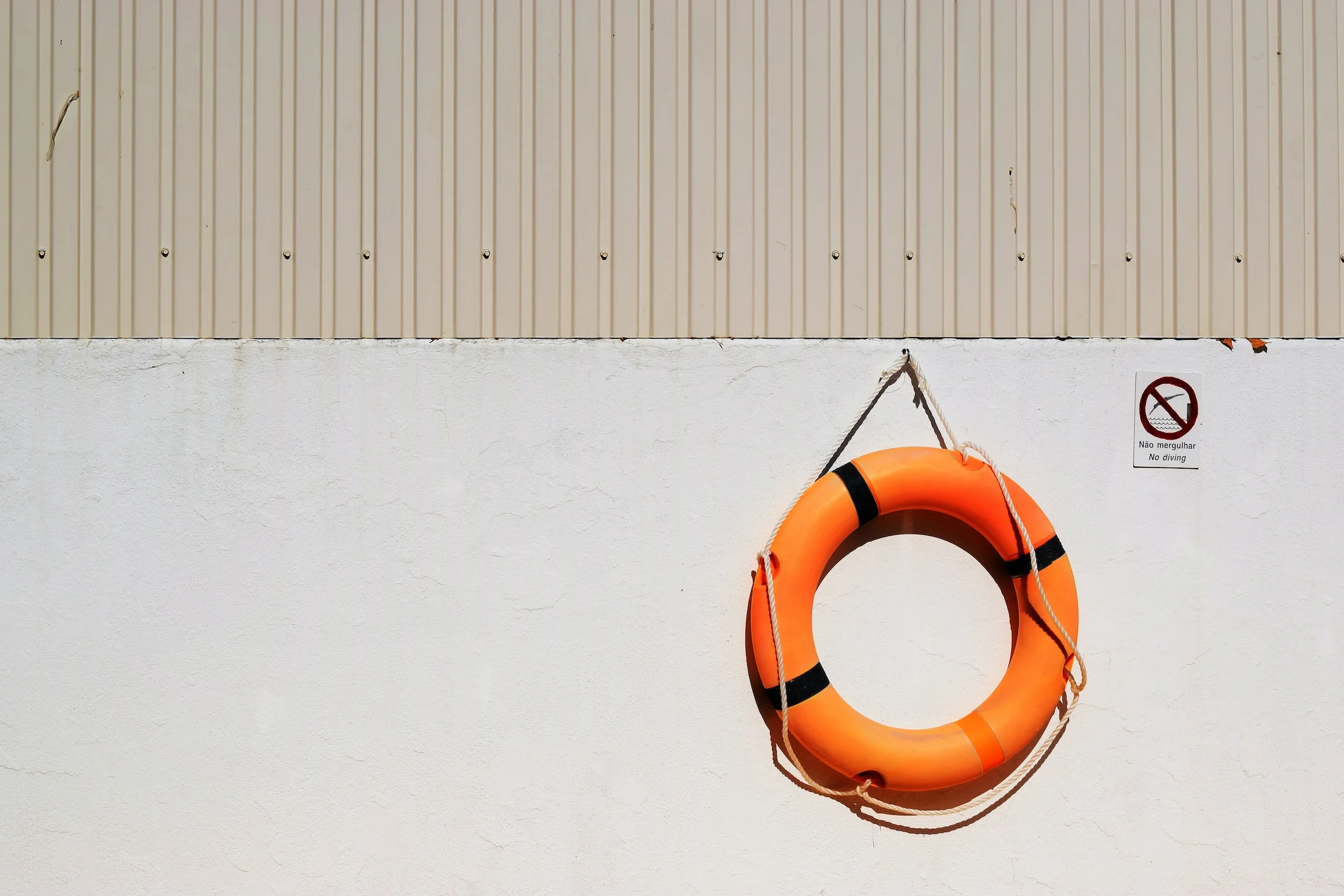

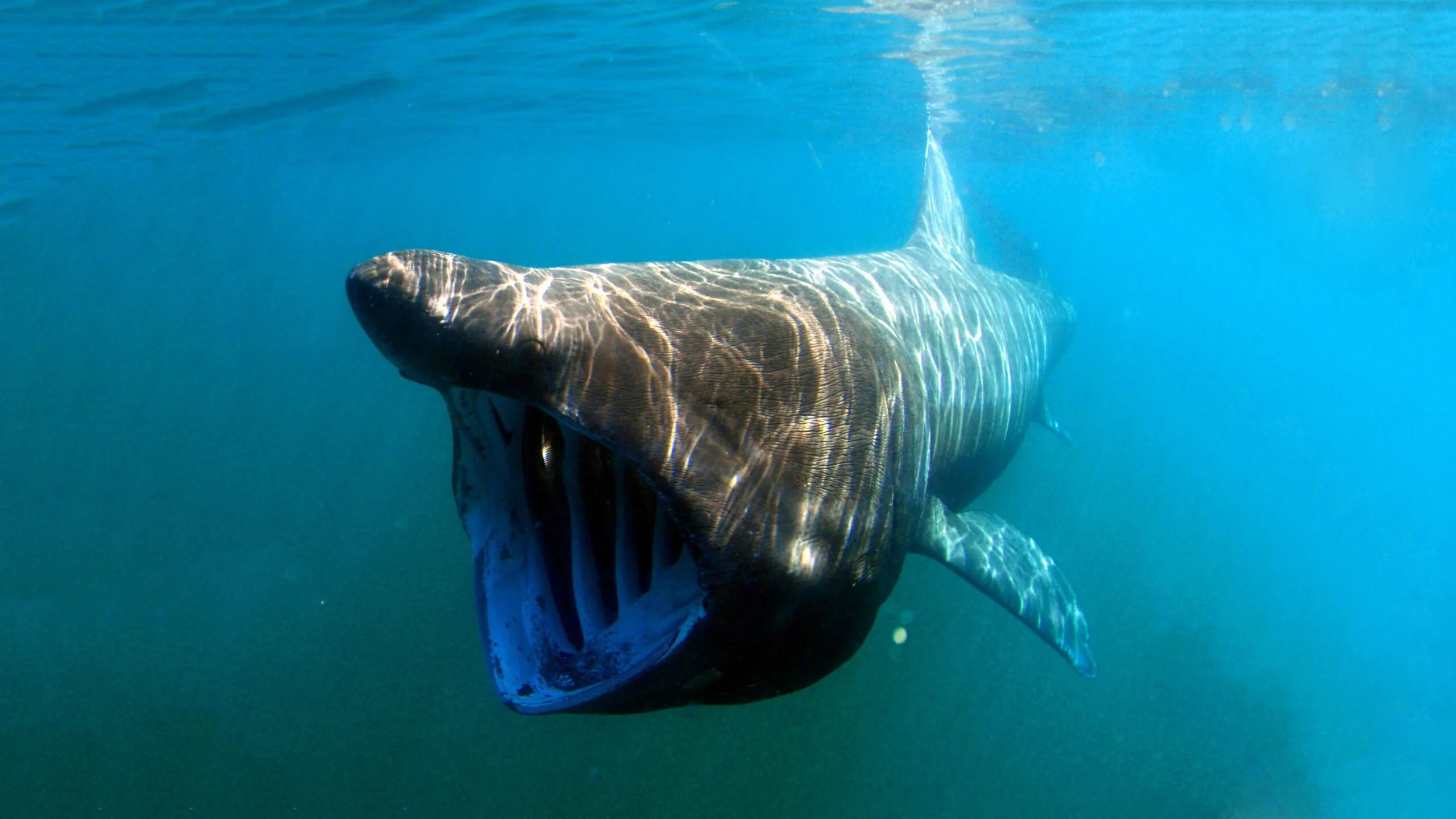

Leave a Reply